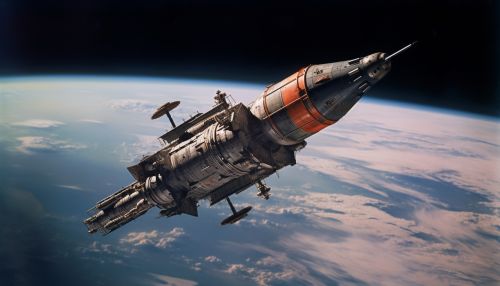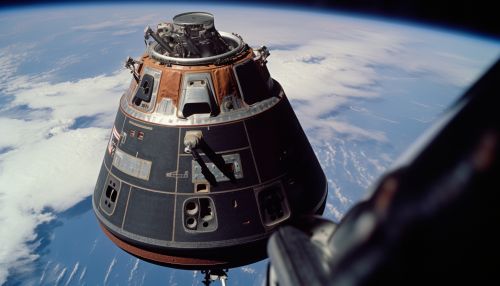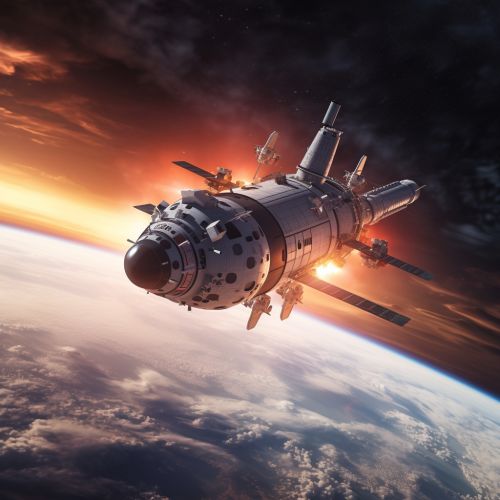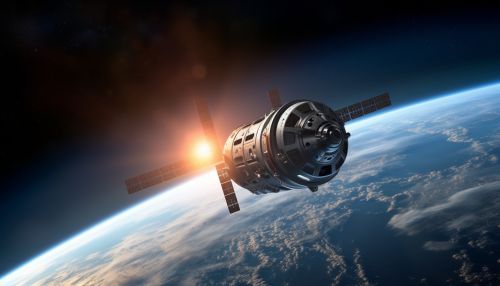Manned Spacecraft
History of Manned Spacecraft
The history of manned spacecraft begins with the development of the Vostok by the Soviet Union in the late 1950s. This was followed by the American Mercury spacecraft in the early 1960s. Both of these early spacecraft were designed to carry a single astronaut into space and return them safely to Earth.


The development of manned spacecraft has been driven by a combination of scientific curiosity, national pride, and military strategy. The Space Race between the United States and the Soviet Union in the mid-20th century was a significant driver of early spacecraft development. This competition led to significant advancements in spacecraft design and technology, including the development of multi-person spacecraft, the ability to perform extravehicular activities (EVAs), and the ability to dock with other spacecraft.
Design and Function of Manned Spacecraft
The design of manned spacecraft is driven by the need to support human life in the harsh environment of space. This includes providing a breathable atmosphere, maintaining a comfortable temperature, and protecting against radiation. Additionally, spacecraft must be designed to withstand the extreme forces experienced during launch and re-entry.
Manned spacecraft are typically divided into several sections, each with a specific function. The command module is where the crew lives and works, and it includes controls for navigating and operating the spacecraft. The service module contains systems for life support, power generation, and propulsion. Some spacecraft also include a lunar module for landing on the moon, or a cargo module for carrying supplies and equipment.


Notable Manned Spacecraft
There have been many notable manned spacecraft throughout history. The Apollo spacecraft, used by NASA for the Apollo moon missions, is perhaps the most famous. The Space Shuttle, also developed by NASA, was the first reusable spacecraft and was used for a variety of missions, including satellite deployment, space station construction, and scientific research.
Other notable manned spacecraft include the Soyuz, which has been used by Russia (and previously the Soviet Union) for over 50 years, and the Shenzhou, used by China for its manned space program. More recently, private companies such as SpaceX and Blue Origin have developed their own manned spacecraft, the Dragon and New Shepard respectively.
Future of Manned Spacecraft
The future of manned spacecraft is likely to be driven by both governmental and commercial interests. NASA is currently developing the Orion for deep space exploration, including potential missions to Mars. Meanwhile, private companies like SpaceX and Blue Origin are developing spacecraft for commercial space tourism and potential colonization of other planets.


